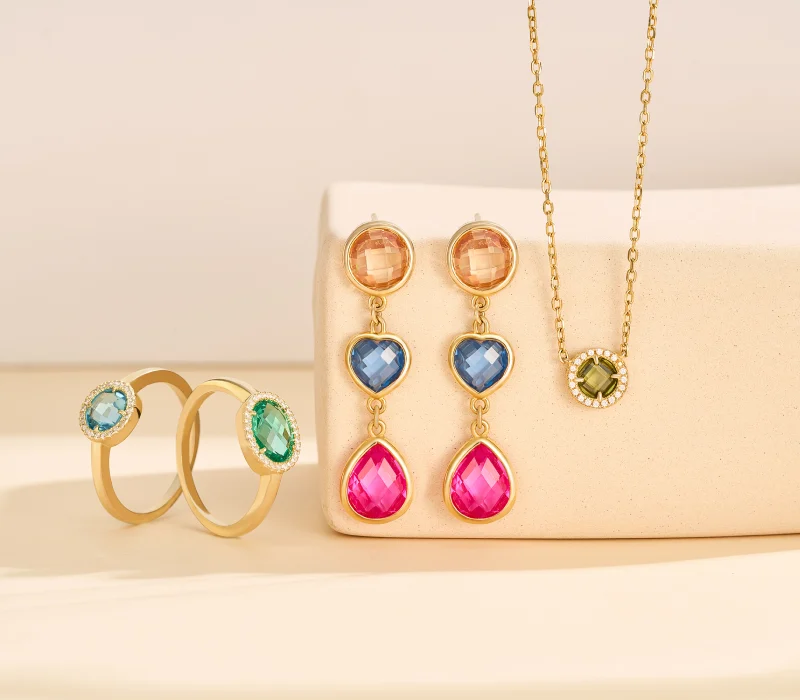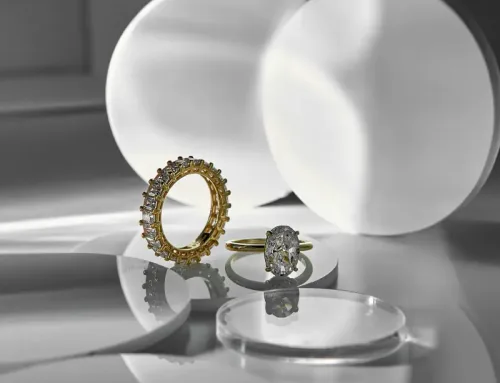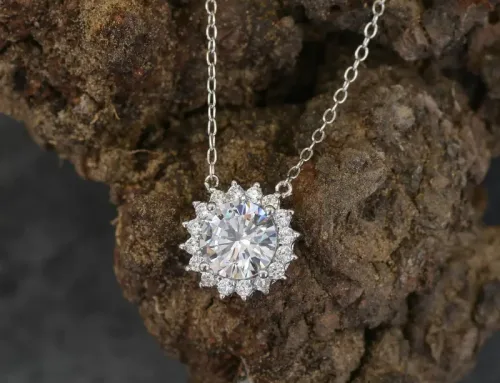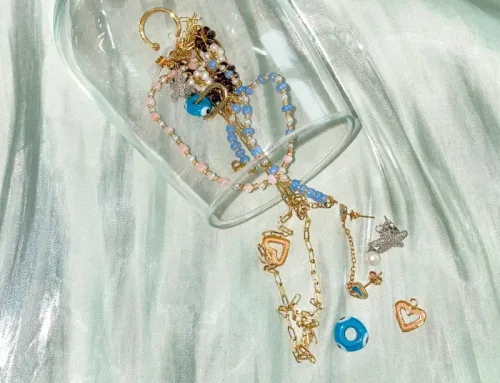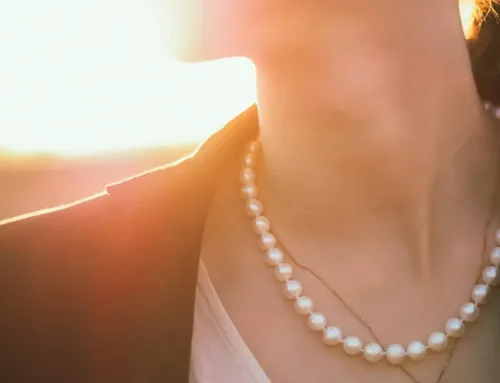Do You Worry About Your Jewelry Turning Green?
In the past ten years of jewelry making experience, silver jewelry on the market is prone to fading or oxidation after wearing for a long time, which has always been a headache. Although oxidation and fading are an unavoidable pain point of metal jewelry, we are still willing to try different solutions to improve the wearing experience of jewelry lovers and help jewelry brands solve the problem as much as possible. Next, I will explain in detail some strategies to optimize the jewelry fading problem, hoping to help all merchants who are troubled by these problems.
First of all, we need to understand why silver jewelry changes color. The primary material of silver jewelry is pure silver. If you want better stability, it is usually accompanied by other metals such as copper. After copper comes into contact with oxygen, moisture, and even the wearer’s sweat in the air, it is easy to react chemically to produce copper green (copper hydroxide), which is why some silver jewelry will slowly turn green or black. Even electroplated jewelry uses a higher content of silver, but this coating is plated using chemical technology, which is prone to physical fading.
One of the important solutions is to add a transparent protective layer to the outside of the finished jewelry. Such methods include e-coating (electronic coating) or nanotechnology protective layer. These coatings are so thin that they do not affect the appearance or weight of the finished jewelry, but they effectively isolate the surrounding oxygen and moisture when worn, thereby preventing oxidation and fading.
So what solutions do we have for the fading problem of custom plated jewelry?
The first is to use the base metal directly to make solid jewelry. Although this method can fundamentally solve the oxidation problem, it is expensive to make and heavy, and it will also affect the comfort of wearing due to the weight problem. Therefore, this method is mostly suitable for high-end jewelry or special souvenirs.
Secondly, you can choose electroplating materials that are more expensive than the base metal, such as gold or platinum, but doing so will also significantly increase the manufacturing cost. In addition, the thicker the electroplating layer, the better the effect of preventing oxidation and fading, but the cost will also increase accordingly.
The jewelry brands that usually work with us prefer post-plating, that is, increasing the thickness of the plating. A good example is gold vermeil jewelry. Gold vermeil refers to a gold layer that is significantly thicker than the general electroplating layer (at least 2.5 microns) on a silver substrate. This electroplating thickness is many times thicker than ordinary plating, which is not only more durable, but also better prevents fading and oxidation. Using gold vermeil jewelry technology can effectively extend the life of jewelry and improve the wearing experience while taking into account both price and quality. It is also a cost-effective custom jewelry choice, which can combine the customization diversity of sterling silver jewelry with the luster of gold plating to obtain affordable and beautiful custom jewelry.
Let’s fixed it with Sunrise-jewel
In short, as an experienced custom jewelry manufacturer, we at sunrise-jewel can take various effective measures to solve the problem of jewelry discoloration and fading, from the selection of base metals, surface treatment to the thickness of the plating. I hope this information can help you and stop worrying about wearing your beloved silver jewelry.
The fun of wearing jewelry lies in the beauty and personality they give, and it should not be a problem. Understanding and taking appropriate protective measures, whether it is e-coating, nanotechnology protective layers, or choosing gold vermeil, an improved electroplating process, can keep your jewelry shiny and beautiful for longer. I hope these suggestions can help you have a more enjoyable and comfortable shopping and wearing experience in the future.

